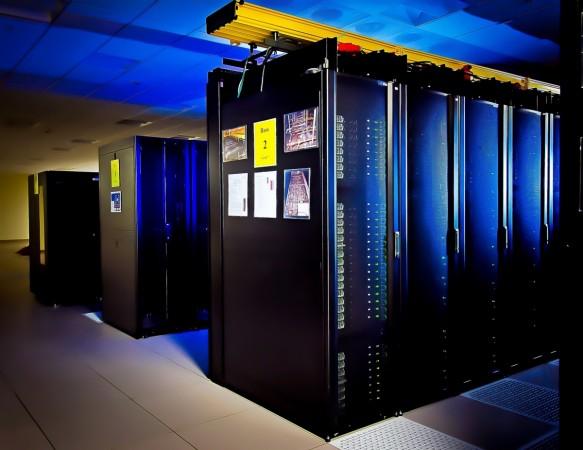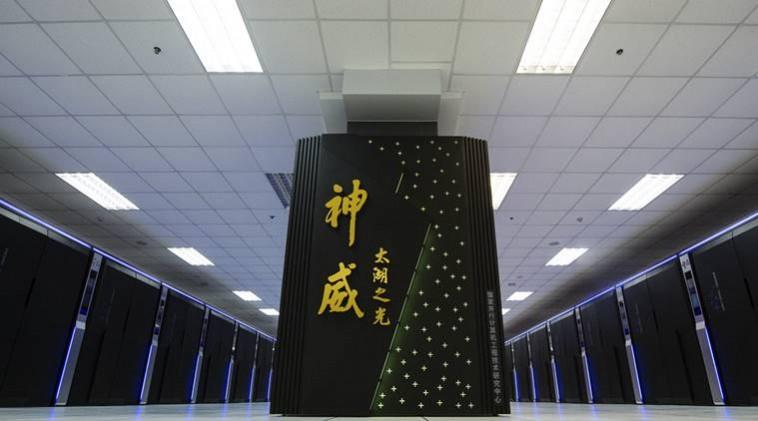China is working on a new generation supercomputer, which will help the nation boost its computing power tenfold over the next two years. The machine, which will be based on the eastern Chinese province of Shandong on the Yellow Sea, will be on a special mission of assisting China's growing sea power by processing the data collected from the world's oceans.
The computer, which is claimed to be the world's first exascale supercomputer, is expected to be ready as soon as 2019, An Hong, professor of computer science at University of Science and Technology of China in Hefei, told South China Morning Post.
An Hong also said that three independent manufacturers, including the Dawning Information Industry, the National University of Defence Technology and the Sunway team, are competing for the contract to build world's next fastest supercomputer.

How powerful is an exascale computer?
Exascale computing refers to computer systems capable of one billion billion calculations per second. The new Chinese supercomputer, therefore, will not only be 10 times faster than Sunway Taihulight – which is currently the world's fastest computer – but also be equal to the combined calculation power of all the world's top 500 supercomputers.
The Sunway Taihulight, developed by China's National Research Center of Parallel Computer Engineering & Technology (NRCPC), can perform 1,000,000,000,000,000 calculations per second, for which it is called a petascale computer. China's in-development exascale computer, on the other hand, will be capable of performing 1,000,000,000,000,000,000 calculations per second.

Expanding China's influence across the seas
Achieving significant advancements in exascale computing is part of Chinese President Xi Jinping's broader plan to turn the country into a maritime superpower, with an expansionist policy. A powerful fleet of Chinese vessels, naval outposts, and several unmanned monitoring facilities have been contributing towards this objective by generating a huge amount of data every second.
The upcoming exascale supercomputer is the only machine which is believed to be able to pull all maritime-related data sets together. A comprehensive analysis of these data, including sea current readings, regional weather information, and water density anomalies, could be useful in many ways such as helping submarines better defend against turbulence and consulting cuts in greenhouse gas emissions.

"It will help, for instance, the simulation of the oceans on our planet with unprecedented resolution. The higher the resolution, the more reliable the forecast on important issues such as El Nino and climate change," Feng Liqiang, operational director of the Marine Science Data Centre in Qingdao, Shandong, told SCMP. "It will give China a bigger say in international affairs."
The US is in the race too
The United States also has an exascale computer in the works. In June, the country's Department of Energy (DoE) awarded a research grant to Hewlett Packard Enterprise to develop an exascale supercomputer prototype design based on the company's project called "The Machine," which aims to "reinvent the fundamental architecture of computing."
The American exascale supercomputer, however, is not likely to be operational until 2021, setting back the US efforts to retake the supercomputing crown from China, which hosts the world's fastest number-crunchers -- Sunway TaihuLight and Tianhe-2.

















